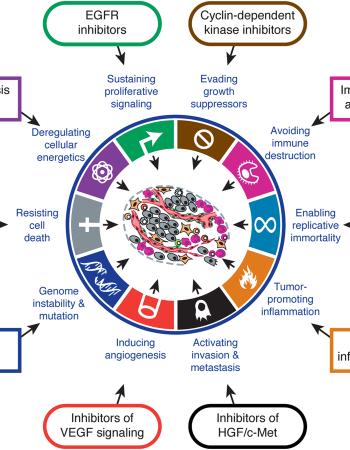Formulation of Glibenclamide proniosomes for oral administration: Pharmaceutical and pharmacodynamics evaluation
Glibenclamide (GB), oral antidiabetic sulfonylurea, is used in the management of diabetes mellitus type II. It suffers from low bioavailability due to low water solubility. This work aimed to enhance the dissolution of GB by formulating the drug as a proniosomes which then improves the pharmacological effect. GB proniosomal formulations were prepared using a slurry method with sucrose as a carrier. The formulations were characterized by particle size, zeta potential, entrapment efficiency %, flow properties of the powder, and in vitro dissolution study. The pharmacological effect was also assessed by determining and measuring the fasting blood glucose level (BGL) before and after the treatment. Formulating GB proniosomes with the slurry method produces a free-flowing powder with a particle size range from 190.050 ± 43.204 to 1369.333 ± 150.407 nm and the zeta potential was above 20 mV (-24 to −58 mV), indicating good stability. The dissolution rate for all formulations was higher than that of the pure drug, indicating the efficiency of the proniosome in enhancing the drug solubility. A significant reduction in the fasting blood glucose level (73 %) was observed in animals treated with proniosomal formulation with no sign of liver damage. In contrast, the pharmacodynamics results show a significant reduction in fasting blood glucose level for animals treated with proniosomes compared to a 17.6 % reduction in BGL after treatment with pure drug. Moreover, the histopathological results showed no sign of liver damage that occurred with proniosomal treatment. GB proniosomal formulations is a promising drug delivery system with good therapeutic efficacy and stability.

This research introduces a new hybrid material for potential cancer treatment. It combines carbon nanotubes decorated with copper nanodots and Arabic gum through an electroless reduction…

Background: Nanotechnology has emerged as a novel research area to address the several problems associated with existing cancer treatments.

Liver cancer is often highly fatal due to poor prognosis. The treatment approaches are continuously evolving with the advancements in technology.

